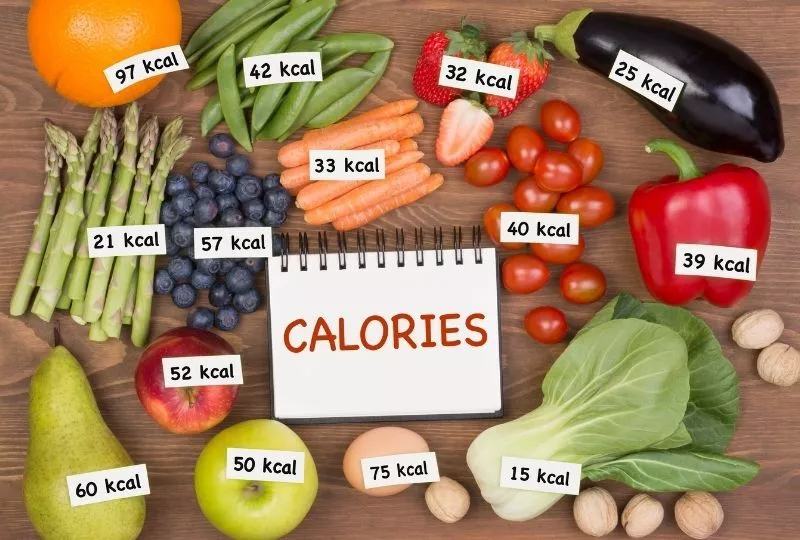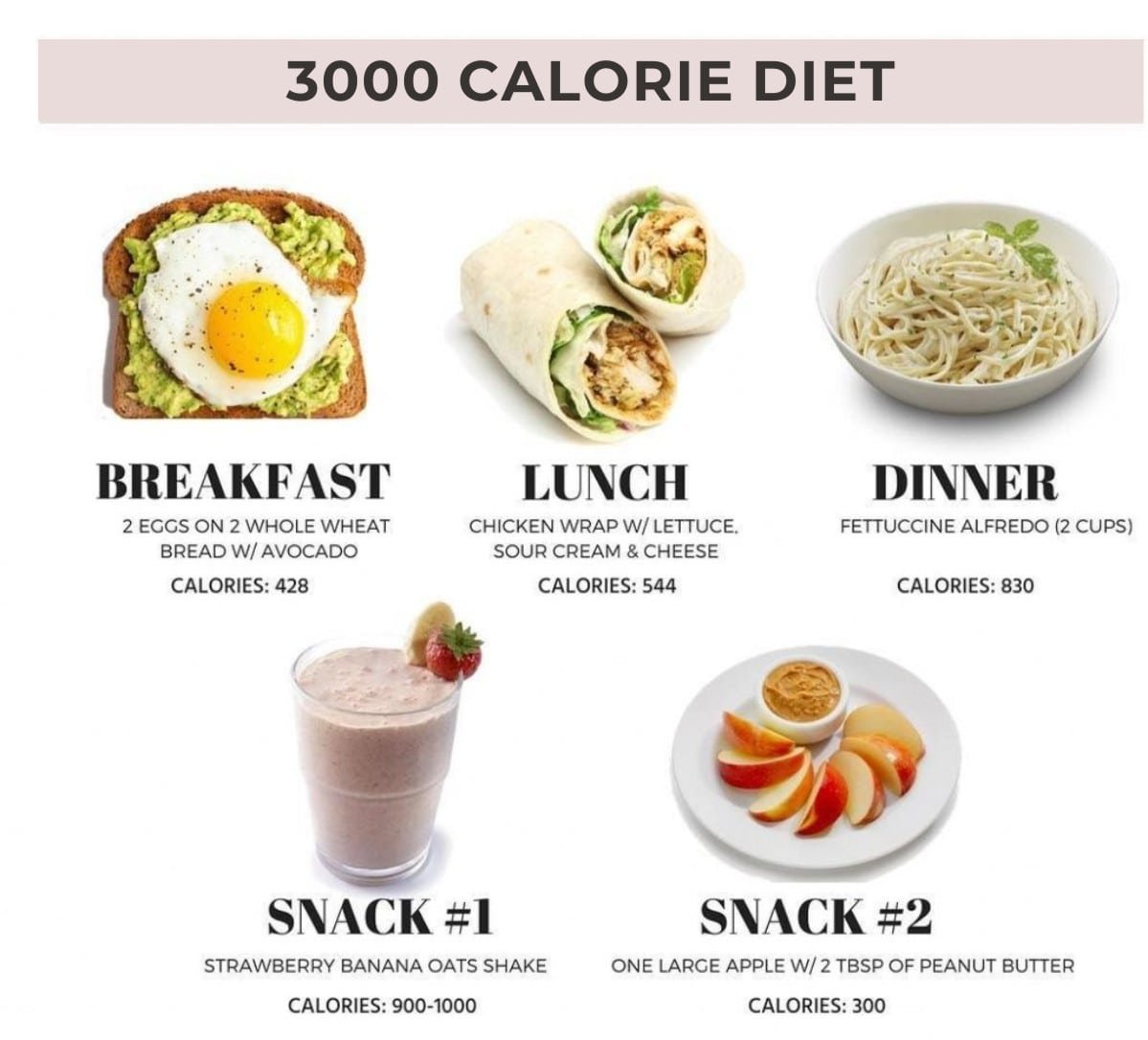How Much Food Is 3000 Calories

Are you struggling to understand what 3000 calories really looks like on your plate? A clearer understanding of caloric intake is crucial for weight management and overall health.
This article breaks down the visual reality of consuming 3000 calories, providing concrete examples to help you make informed dietary choices. We are providing factual data to clarify portion sizes and food volumes associated with this common caloric target.
Visualizing 3000 Calories: More Than You Think?
The average adult male requires around 2500 calories per day, while the average adult female needs approximately 2000 calories. Therefore, 3000 calories is a significant surplus for many individuals, often leading to weight gain if consistently consumed.
Let's illustrate what this amount of food looks like in practice. Understanding portion sizes is key to staying within your desired caloric range.
Breakfast Examples (Approximately 500-700 Calories)
Option 1: A large breakfast burrito with eggs, cheese, sausage, and salsa can easily clock in at 700 calories. This single meal represents almost a quarter of the entire 3000 calorie allowance.
Option 2: A bowl of sugary cereal (2 cups) with whole milk (1 cup) and a banana will be around 500 calories. Be mindful of hidden sugars and serving sizes.
Lunch Examples (Approximately 700-900 Calories)
A fast-food burger (with fries and a soda) could easily surpass 800 calories. These meals are often high in unhealthy fats and added sugars.
A large deli sandwich (turkey, cheese, mayo) on white bread with chips equates to similar calorie count. Bread type and condiments dramatically alter the overall calorie count.
Dinner Examples (Approximately 800-1200 Calories)
A plate of pasta with creamy sauce and meatballs can easily contain over 1000 calories. Portion control is essential with calorie-dense meals like this.
A steak dinner with a baked potato (with butter and sour cream) and a side of vegetables also hits the upper end of this range. Consider leaner cuts of meat and lighter toppings.
Snack Examples (Approximately 200-400 Calories Each)
A handful of nuts (1/4 cup) is surprisingly calorie-dense, providing around 200 calories. While nuts are healthy, mindful consumption is important.
A candy bar or a bag of chips contains about 250-300 calories. These snacks contribute heavily to excess calorie intake.
A large latte or smoothie can easily exceed 300 calories, often filled with added sugars. Consider opting for smaller sizes or sugar-free alternatives.
Putting It All Together: A Sample 3000 Calorie Day
Here's an example of how a 3000-calorie day might look:
Breakfast (700 calories): Large breakfast burrito.
Lunch (900 calories): Fast-food burger, fries, and soda.
Dinner (1000 calories): Pasta with creamy sauce and meatballs.
Snacks (400 calories): Candy bar and a small bag of chips.
Notice that this sample day includes relatively few meals, and the portions are quite large. Many of these options are high in processed ingredients and unhealthy fats.
Alternatively, 3000 calories could be spread out with healthier choices. However, it still requires substantial food volume.
Calorie Awareness: What You Need To Know
Most people underestimate their daily caloric intake. Food diaries and calorie-tracking apps are valuable tools for gaining awareness.
Consult a registered dietitian for personalized guidance on your caloric needs. Individual requirements vary based on factors like activity level, age, and metabolism.
Pay close attention to nutrition labels to accurately assess the calorie content of your food. Understanding serving sizes is paramount.
Next Steps: Monitoring Your Intake
Start by tracking your food intake for a few days to get a baseline understanding of your current caloric consumption. Don't drastically change your diet immediately.
Focus on making small, sustainable changes over time, such as reducing portion sizes or opting for healthier snack alternatives. Small change accumulate.
Regularly re-evaluate your progress and adjust your diet as needed, seeking professional guidance if necessary. Consistent monitoring is important.

![How Much Food Is 3000 Calories 3000 Calorie Meal Plan [Dietitian Developed]](https://www.noahsnutrition.com/wp-content/uploads/2023/08/3000-calorie-meal-plan-day-1-600x1000.jpg)















